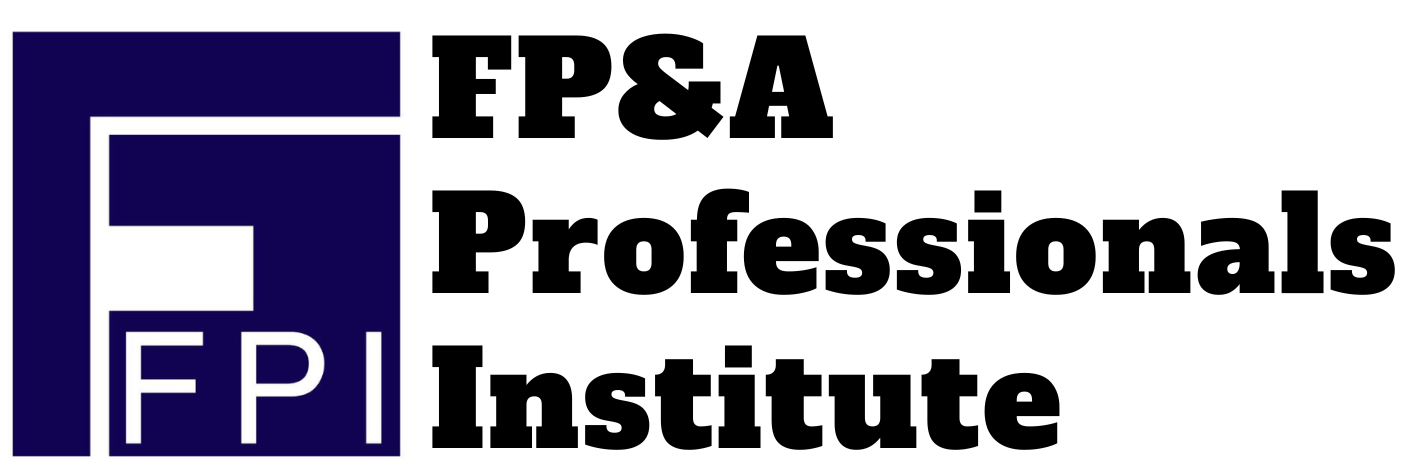Most companies spend 2–3 months building their annual budgets, but ever wondered what actually happens during that time?
Let’s break it down step-by-step — not just so you understand it, but so you can confidently explain it in your next FP&A interview.
💡 Why It Matters
Interviewers love asking about budgeting because it reveals if you get the big picture. Can you manage timelines, align cross-functional teams, and make the numbers work?
Whether you’ve done budgeting before or you’re just getting started, this guide will walk you through how it really works in practice.
Common Interview Variation Questions You Might Hear
- “Walk me through your budgeting process.”
- “How do you ensure alignment across departments?”
- “How do you handle unrealistic asks from teams?”
- “What’s your role in finalizing the budget?”
- “How do you ensure assumptions are accurate and consistent?”
The 3-Phase Budgeting Process
FP&A teams usually go through three key phases:
1️⃣ Planning Phase – Guidelines, timelines, and guardrails
2️⃣ Execution Phase – Inputs, assumptions, and consolidation
3️⃣ Review Phase – Leadership alignment and board approval

Let’s dive in.
📅 Step 1: Planning Phase
This phase sets the tone. Get this right, and the rest becomes manageable.
Key Elements:
- Budget Calendar: Start with the Board approval date (often Nov/Dec), then work backwards to set all other milestones.
- Budget Guidelines: Clear rules like “no custom Excel sheets,” “justify large increases,” and “no last-minute changes without CFO sign-off.”
It’s like prepping for a major exam: everyone needs to know the syllabus and the timeline.
✍️ Step 2: Execution Phase
This is where the action starts.
What FP&A Does:
- Design Templates: Pre-filled with historical, locked formulas, tailored per team.
- Kick-off Meetings: Clear instructions, assumptions (e.g., inflation, FX, salary hikes), and examples.
- Weekly Check-ins: Keep departments on track and troubleshoot early.
- Collect Inputs: Not just numbers — also assumptions and justifications to ensure alignment with strategy.
Remember, it’s not just a spreadsheet task. It’s about connecting the “what” with the “why.”
🧩 Step 3: Review & Consolidation Phase
This is where FP&A pulls everything together and the back-and-forth begins.
Key Activities:
- Consolidate Data: Combine all department budgets and analyse variances against top-down targets.
- Review Rounds: With business heads, FP&A leadership, CFO, and eventually the CEO.
- Scenario Planning: Base case, best case, worst case — show risks, opportunities, and trade-offs.
Eventually, the final version is reviewed by the Board — they might not change numbers, but they’ll definitely challenge your assumptions.
FP&A’s Role = More Than Just Numbers
FP&A wears many hats during budgeting:
- Project Managers – Keeping the process on track
- Advisors – Aligning plans with business strategy
- Challengers – Pushing back on weak assumptions
- Negotiators – Bridging gaps between teams and leadership
- Storytellers – Presenting a narrative that informs smart decisions
Best Practices to Mention in Interviews
- Set clear timelines and ownership
- Align all teams on shared assumptions
- Use historical data to challenge inflated asks
- Maintain version control and documentation
- Always explain the “why” behind the numbers
Handling Follow-Up Questions
Q: What if departments inflate their budgets? Ask for justifications, use benchmarks, and push back on weak assumptions.
Q: What if the total budget exceeds top-down targets? Run scenarios, highlight gaps, and help leadership prioritize.
Q: What tools do you use? Depends. Some use Excel, others use tools like Anaplan, Adaptive, or Workday.
🙋♂️ Over to You How does your company approach budgeting?
Do you follow a structured process? Use budgeting software? Excel?
🎓 Want to Master FP&A?
If you’re serious about levelling up in FP&A, check out CGFPA – The Certified Global FP&A Professional program. It’s a 6-month in depth FP&A certification designed to help you go beyond Excel and become a true business partner.
If this article helped, give it a share or pass it along to someone else preparing for FP&A roles. Let me know in the comments. I’d love to hear how different teams handle it.
